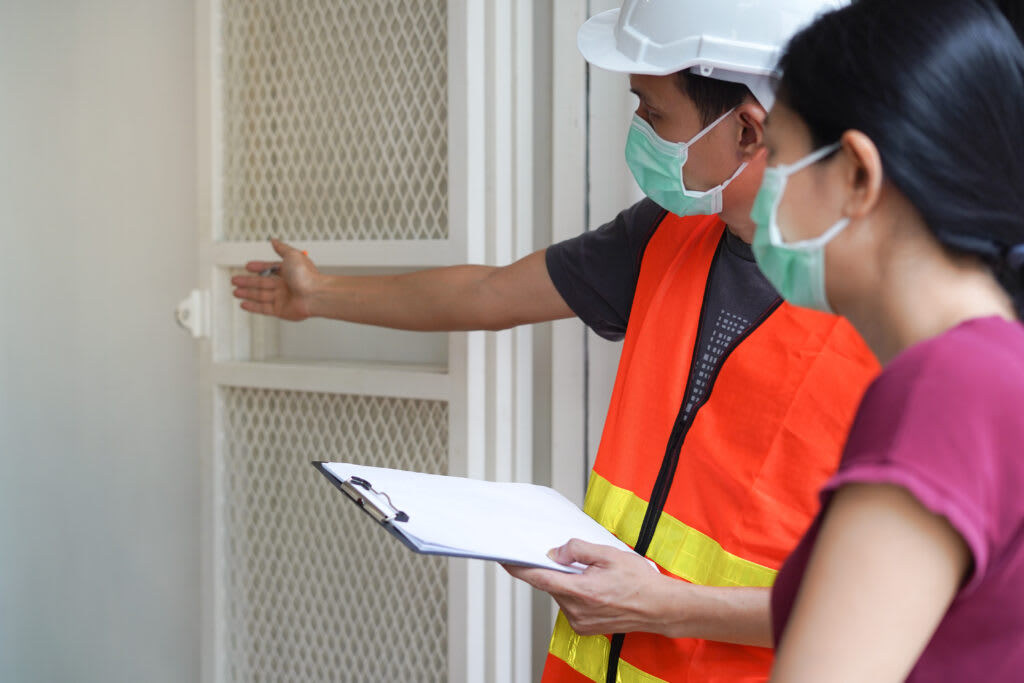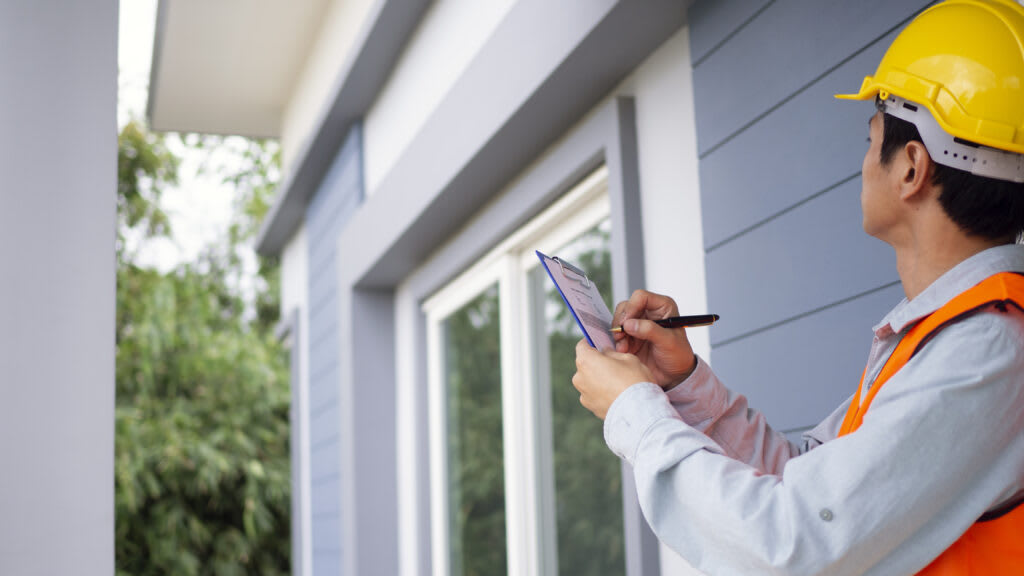THE NUMBERS are in. There’s no denying it. It’s now a fact that not every property needs a depreciation schedule inspection for the maximum tax deductions to be claimed.
The truth is that the majority don’t need a physical inspection, saving you time and money.
We’ve been saying this for a long time, but you don’t just have to take our word for it because we’ve crunched the numbers.
We’ve analysed 15,370 individual Sydney investment properties over the past year since the pandemic and found 12,698 – or 82.6% – of properties did not require a physical inspection to achieve the maximum depreciation.
That still leaves more than 17.4% that did require a physical inspection.
If any portion of the necessary property data cannot be provided/sourced without inspecting, an inspection should DEFINITELY occur. However, suppose you’re being told that every property MUST have an inspection, be aware that’s this is not the truth. In that case, the Quantity Surveyor may not be aware of the latest legislation affecting your depreciation, or they may be acting in their own best interests rather than yours.
Why don’t some properties need a physical inspection?
Once upon a time, every residential investment property had to be physically inspected by a depreciation expert for the maximum tax deductions to be claimed and for property investors to ensure the maximum amount of money went back into their pocket.
In the old days, we used to visit each property to value both the building and the plant and equipment assets in it, such as dishwashers and ovens, individually.
That’s because you could claim depreciation on both the building and plant and equipment. But the new depreciation rules for rental properties in 2017 were the catalyst for change, with new legislation meaning property investors can no longer claim depreciation on plant and equipment items that aren’t brand new.
Now, for second-hand properties, you can only claim depreciation on the structure of the building, components such as concrete and bricks, unless you have renovated.
It is essential to mention that this includes being able to claim on the structural component of any previous owners’ improvements or renovations. In this way, there is a tax incentive for home renovations, whether you complete them yourself or buy a property that has been renovated already.
If you buy brand new items like carpet and blinds, you can still claim depreciation. However, it must be based upon the purchase price (not an estimate), so you can provide these figures to a depreciation expert without a depreciation schedule inspection being necessary.
Since investors can only claim depreciation on the structure of the building for second-hand properties, it’s very likely records already exist from previous depreciation inspections, which is another reason why a physical inspection is likely not needed.
In over 40 years of business, we have amassed an extensive database of construction costs for most residential and commercial buildings around Australia.
For example, Washington Brown works with Meriton Apartments, which built the World Tower apartments in Sydney; before the tax law changes, we inspected the development over 250 times and have the original costs, plans, and specifications.
Nothing has changed to the structure of the building, so there is no point in inspecting it again, and there is no point in paying someone to do so.
We know what the original fit-out looked like, and we can analyse if there has been any change via the photos from various sources such as CoreLogic. You’ll be surprised how many photos of your property are online!
Click here to find out whether your property requires an inspection
There are benefits where an inspection is deemed unnecessary, but it’s not for everyone.
If your property doesn’t need a physical inspection for a depreciation schedule, the good news is that you will save up to $300!
Not only will it be cheaper, but you’ll also receive it faster.
It also means you can have a ‘contactless’ report, with no one coming into your property and bothering your tenants, which is a significant benefit during COVID – particularly during a lockdown like we have experienced so often.
However, some properties will still require a physical inspection. According to our assessment, 17.4% of properties need an inspection to achieve the maximum depreciation, including luxury homes, for example.

At Washington Brown, we believe in researching each individual property and advising clients on the best way to achieve the maximum depreciation most cost-effectively. We’ll assess your property first to ensure that proceeding with a report represents value to you and determine if an inspection is required.
We’ll always recommend an inspection if it’s in your best interests to enable you to claim the maximum depreciation deductions.
To give you an idea of whether you will need a physical inspection or not, review our checklist below.
Five reasons why some properties DO require a physical inspection:
- Your residential property is unique. Your property is classed as High Spec/Luxury/Non-Standard, and therefore not typical. A physical inspection will ensure nothing is missed in the assessment so you can claim maximum deductions.
- Non-residential – Commercial property depreciation has remained unchanged. You can claim depreciation on both plant and equipment assets and the building structure. Getting an inspection means you can still claim the full benefits of depreciation for all plant and equipment items (carpets, blinds, etc.) .
- Renovated – Your property has been substantially renovated and there is insufficient information online, so an inspection is necessary to maximise the depreciation.
- More information required – If there isn’t access to sufficient information specific to your property, an onsite assessment will be necessary.
- Plant and Equipment – If your property qualifies for Plant and Equipment deductions, an inspection ensures that all eligible assets are included to maximise your claim.
Five reasons why some properties DO NOT need a physical inspection:
- Existing information is on hand – In 40 years as build cost quantity surveyors, we have amassed an extensive database of construction costs for the majority of residential and commercial buildings around Australia.
- We have the costs – We are familiar with your building and already have the construction costs on file.
- Plant & Equipment no more – You have purchased a second-hand property so you can’t claim on the existing Plant & Equipment components.
- Online data – There is plenty of detailed information and pictures of your specific property available online (both publicly and via subscription-based industry databases).
- You have the costs – Your property is a brand new build and you have access to the construction cost, plans and inclusions list. New rental property tax deductions were also unaffected by the 2017 Budget changes.
Contact us to determine how to best obtain your rental property depreciation schedules. We’ll assess your property and advise whether an in-person inspection is required or not.
Click the link to learn how to calculate depreciation on your investment property.
